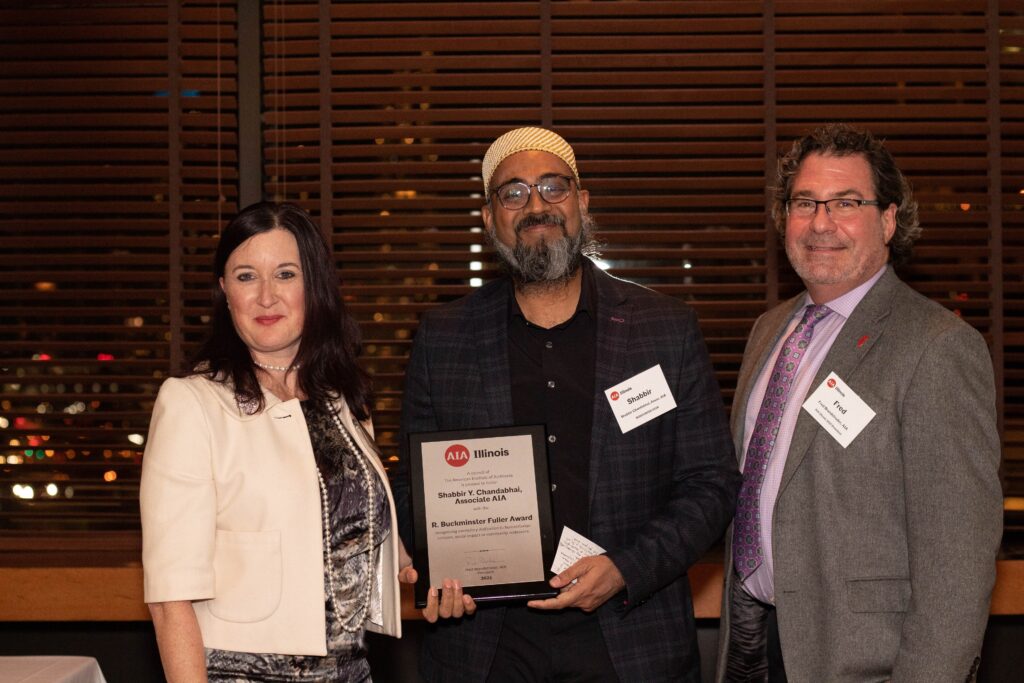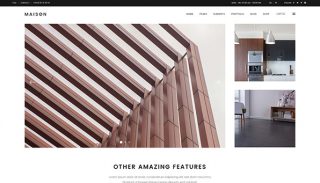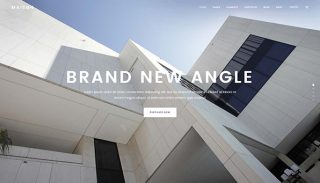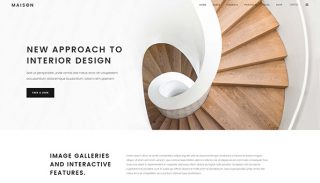Founder Shabbir Y. Chandabhai felicitated by the AIA for community endeavors | Burhani Design Architects

BURHANIDESIGN was built on the foundations of creating efficient, eco-friendly, and energy-conscious spaces that leave a lasting social impact. Be it in the kind of ventures we undertake or the way we plan and build a particular project, we imbibe innovative architecture and design in the most sustainable way possible, with the aim of holistically benefiting all stakeholders from owners and developers to end users.
For a firm that creates spaces where the individual, community, and environment thrive harmoniously, it is our sheer pleasure to announce that our founder, Shabbir Y. Chandabhai, has been awarded the R. Buckminster Fuller Award for Illinois architects involved in humanitarian, social impact, or community endeavors by the American Institute of Architects.
“Mr. Chandabhai’s efforts to improve the play areas at three public schools raise the bar for civic involvement by architects,” commented the AIA Jury. “In each case he used his creativity and professional training to transform a community’s desire for basic safe outdoor play areas into fully-realized recreation spaces characterized by joy and exuberance.”
Motivated to give children a better space to learn and be nurtured, Shabbir believed it was his duty as a part of the professional community of planners and architects to bring about positive change to the faces of public schools. Starting with A.N. Pritzker Elementary, a public school in the Wicker Park neighborhood of Chicago, BURHANIDESIGN along with their partners offered pro-bono services, drawings and advice to reimagine and rebuild an unusable asphalt parking space into a play area for children that included a multi-use turf, running track, basketball courts, and playground.
The transformation of the Pritzker parking lot began with a plan to eliminate three glaring problems – inefficient and unsafe play areas which were located on an asphalt parking lot, flooding caused by a dilapidated underground stormwater system and overheating owing to a lack of landscape and pervious ground facing the south. These problems were tackled by removing 60% of the asphalt from the parking space and creating a turf field, incorporating a better stormwater management system, adding vegetated filter strips, and improving the surrounding landscape. The space was transformed with art that showcased the school’s Fine Arts program and is a crowning jewel of the neighborhood community.
The entire project cost was crowdfunded, leading to a pool of $1.4 million raised by parents and professionals of the community, creating a movement that lead not just to a better public school, but a happier neighborhood.
The Pritzker project was followed by other projects that were all about the future and focused on enhancing many more neighborhoods like Wicker Park. The projects we undertake follow a simple philosophical basis of making architecture more conscious, respectful, and enriching, and along with Shabbir, we take great pride in what we do and can do for our neighborhoods day in and day out. He continues to encourage folks to keep their differences aside and work collaboratively as a profession community, as a neighborhood, as a city, as a state, and as a country to build sustainable projects for our future generations.




